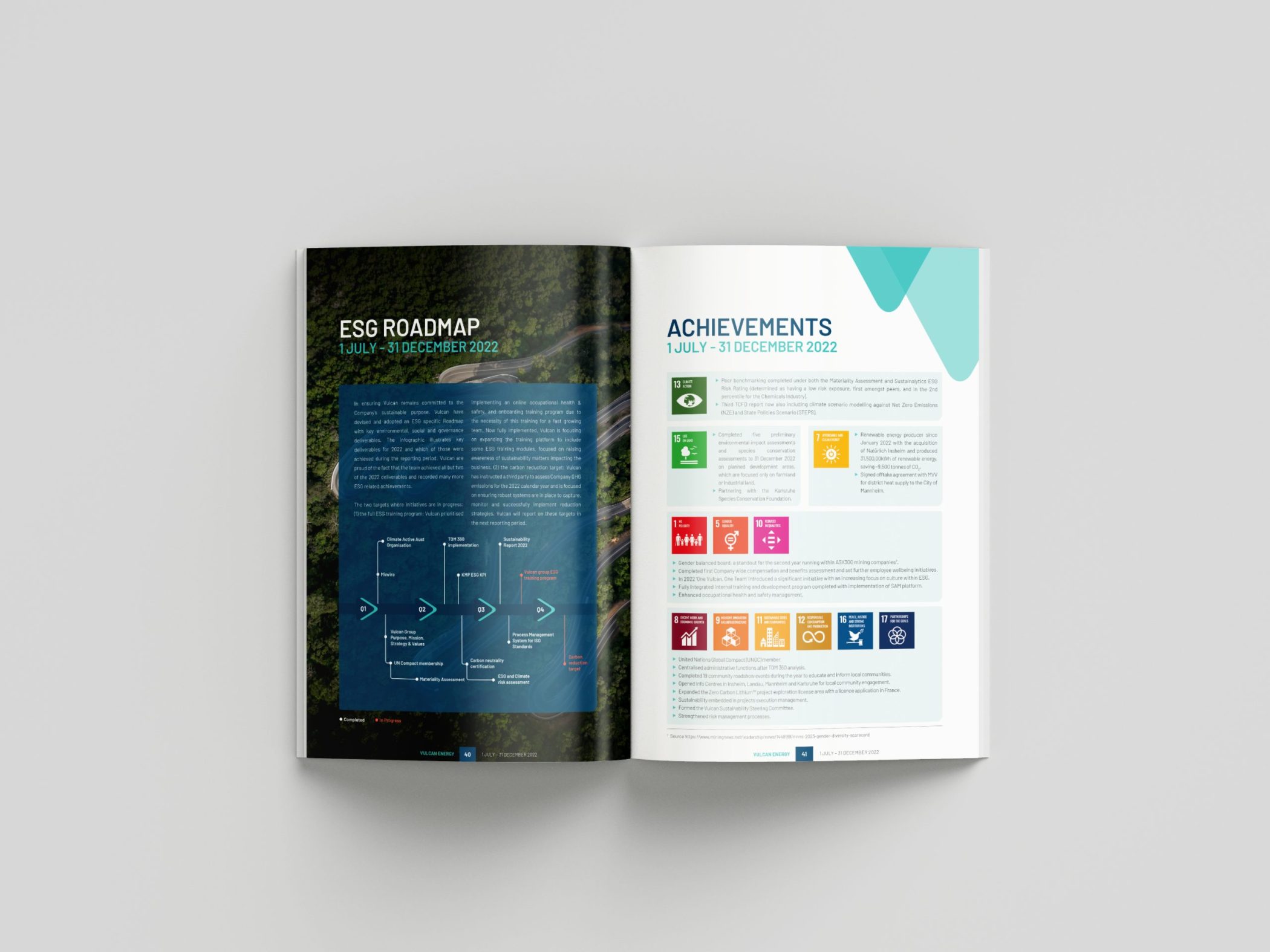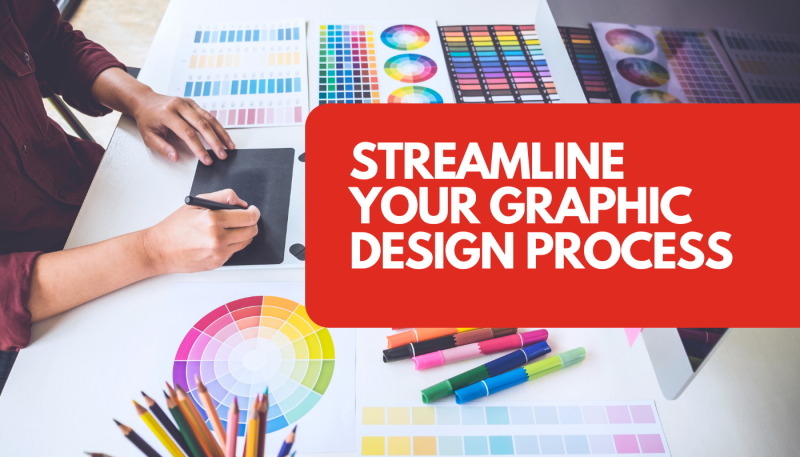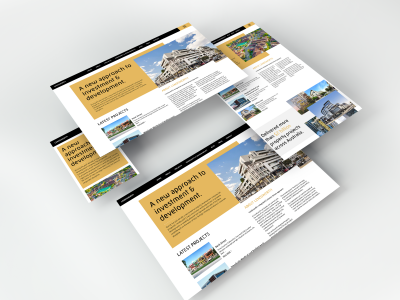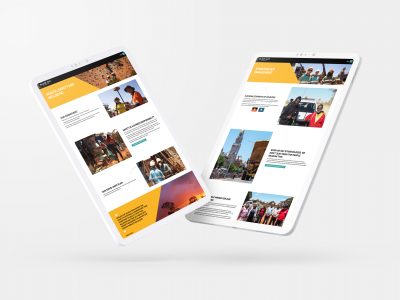How to compile your content for a streamlined process (and keeping your design agency on your side)

When supplying content to your graphic designer, a little bit of forethought can make the process immensely easier.
Here are our top tips when compiling your content for supply to your designer, which will help to streamline the process (and ensure your graphic design loves working with you).
1. Using consistent heading hierarchy in Microsoft Word
Using consistent heading hierarchy in Word takes the headache out of turning your written content into a comprehensive graphic design.
Don’t just create everything in size 10 Arial and hope your graphic designer understands that you need. Instead, use a consistent hierarchy to demonstrate what your heading is trying to achieve. You can do this either by using consistent sizing throughout your document, or adding the title tags at the start of each heading.
2. Set up your tables properly
When creating tables for InDesign, it’s important that you always use a hard return at the end of your tables. Be sure to hit Enter when you want to start a new line.
Don’t use a soft break (Shift + Enter). This creates a line break instead, rather than a completely new line, which makes it hard for your designer to copy and paste your content accurately.
And definitely don’t just punch the space bar and add spaces until you reach a new line. This creates unnecessary space in your alignment, pushing your content into awkward, off-centre locations. Your designer won’t know if it’s intentional, a mistake—or malicious intent.
Instead, use Microsoft Word’s built-in alignment tool. It’s quicker and easier, and leaves things looking much better.
3. Supply the right images
Supplying the right images is important to a smooth design process. Make sure the size is 1MB or above, and larger for full page images. Bigger is always better, as you can always compress the image—but you can’t stretch it and expect it to retain its quality.

4. Supply actual graphs and charts
Don’t just send your graphic designer an Excel spreadsheet and expect them to know what you want.
Instead, print your graphs and charts as the images you want. This helps to eliminate precious minutes (and confusion) that they could be spending working on your design instead.
5. Don’t use tracked changes on final versions
Tracked changes is a great tool to use when collaborating on a document. But when you’re sending through a finalised document to your designer, ensure that all tracked changes are approved and the document is complete. It’s not their job to accept your content changes.
Get custom graphic design to bring your brand to life
Blackbox Design is a leading branding and design agency based in Perth and Melbourne, providing exceptional graphic design services that help you create an engaging, unique brand. Get in touch with us to discuss how we can help grow your brand.
Read More
How Blackbox Design can take the stress out of annual report season
Bring your annual report into the modern age with a tailored microsite
Related Articles
-
How Blackbox Design can take the stress out of annual report season
We know how stressful report season can be. The responsibilities of compiling the right information, delivering it in the right way, and publishing it on time all merge to create ...
More -
Bring your annual report into the modern age with a tailored microsite
When annual report time starts to loom, one of the big questions is how to publish it. These days, the majority of annual reports are purely digital, viewed solely online. ...
More -
The Essential Web Design Elements For Real Estate
The realtor's challenge is to portray a house like a future home for a home buyer. In the past, property buyers would have to travel to places and view them. ...
More -
Corporate Website Design Ideas
Websites have replaced stores and buildings as the faces of businesses. This shift in perspective means your website should be attractive and functional, which helps to pull clients. Think of ...
More







